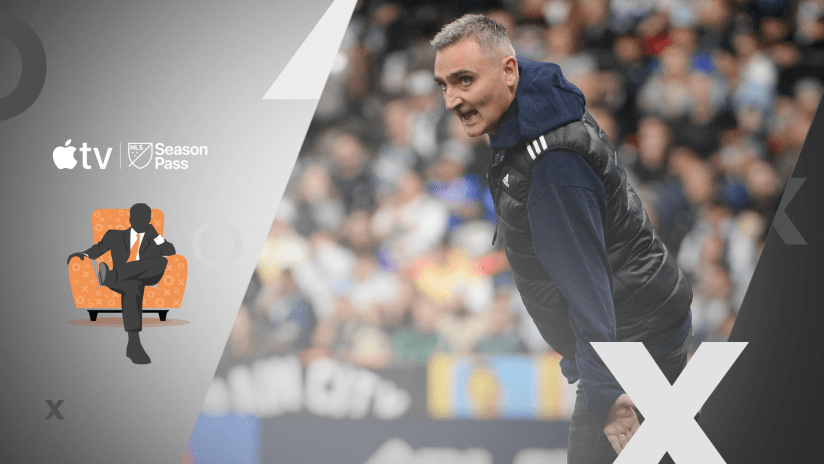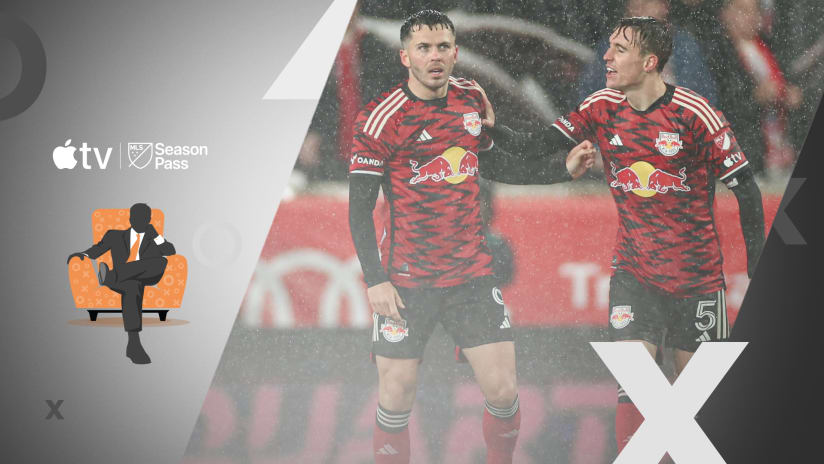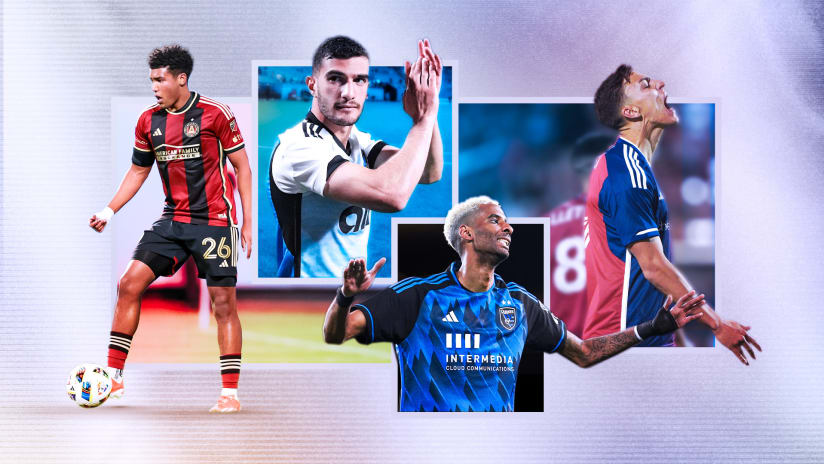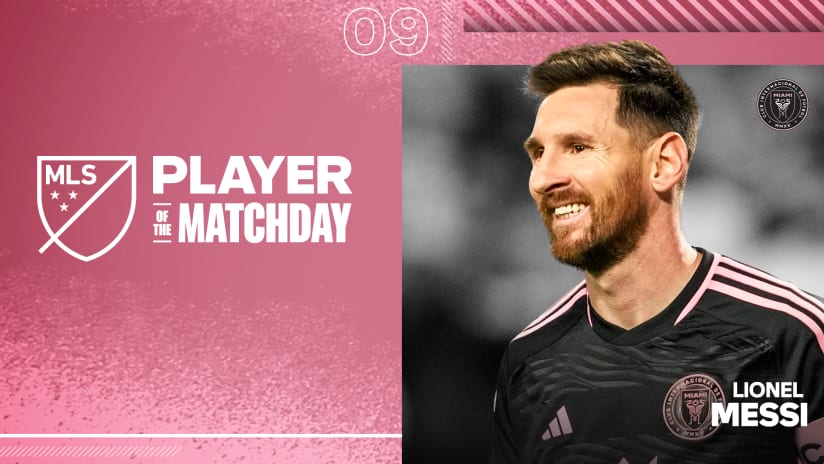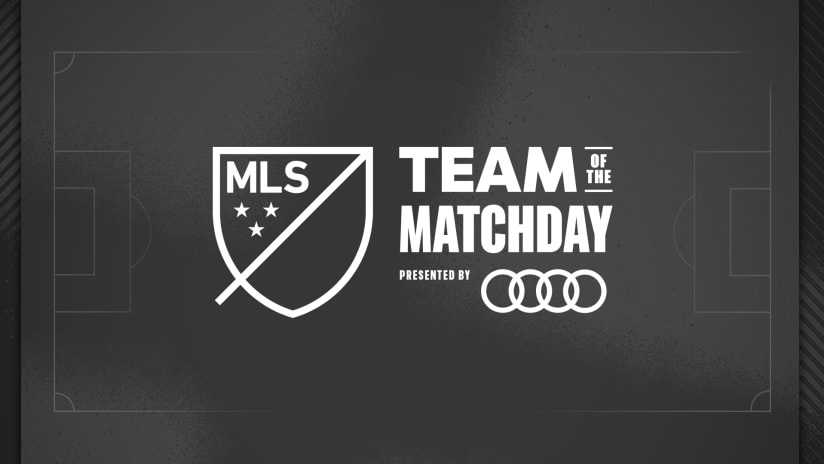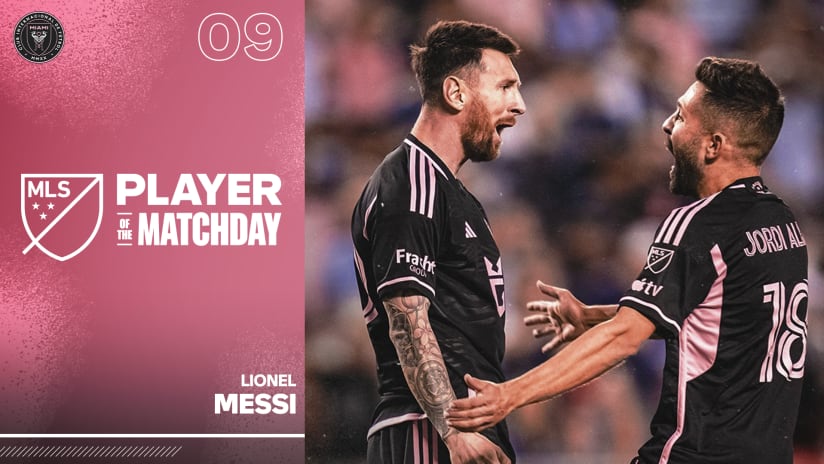Matias Almeyda has made it clear: He is who he is, and that is not going to change. What you saw in Argentina with River Plate and Banfield, and in Mexico with Chivas, is what you'll get in the United States with San Jose. The Earthquakes will be his team that plays his way, just as was the case in his previous stops.
"My decision to come to San Jose was because it's a long-term plan," Almeyda said after this past weekend's 5-0 shellacking at the hands of LAFC, as reported by Joel Soria of QuakesEpicenter. "...I like a certain style of soccer. I would never play defensively, for example in a 5-4-1 formation. I would never do this because it wouldn't be me."
That is something of an open-and-shut discussion, then, on the state of this team that's off to what seems like it's destined to become the worst start in league history. The Quakes hired Almeyda because his team in Guadalajara won, and presumably they knew at least a little bit about how they won: man-marking and an emphasis on winning 50/50 duels all over the field.
They "contracted me knowing how I play," Almeyda said, and he's surely telling the truth. No one can be surprised that the Quakes are trying to do what his previous teams did.
But to be clear: Right now they are trying and failing. Man-marking is not working – they've conceded 14 goals in four games – and they're not getting enough of the ball to try to take some sort of control of the rhythm of the game. There doesn't appear to be any third option.
There should be, however, at least a few adjustments Almeyda can make without totally scrapping his approach. Here are three suggestions:
1. Drop the line of confrontation.
San Jose defend fairly high, often pushing as many as eight players into the opposing half. That exacerbates some of the footspeed and coordination issues they have at the back, and exposes San Jose's defenders to footraces they can't win.
Another way of looking at it is that it just asks them to cover less of the field, and puts them into positions where they can actually, conceivably, counter into space.
2. Put Nick Lima back into the starting lineup.
There is no reason for him to be on the bench. Get him in there at either right back (his best spot) or left back (the spot he probably should play, since nobody else on the roster can do it) from the start, and keep him in there until the end.
Lima doesn't single-handedly solve San Jose's issues, but it's impossible not to notice what happened when he was subbed out against the Red Bulls, or how Carlos Vela and Steven Beitashour (!!!) ran wild over there this past weekend. The Quakes have conceded 2.4 goals per 90 minutes when he's on the field and 3.9 when he's off. Neither number is good but you don't need a math degree to know that 2.4 is less than 3.9.
3. Get someone who can pass the ball and create a chance in central midfield.
It ain't Vako! The Georgian can be entertaining and occasionally effective when attacking from the wing in a 1v1 situation, but he's not a guy who can conduct the game from central midfield, and he absolutely does not create chances from there. So far he's got four created from open play in four games, which is not great.
Look, this roster is a mismatched patchwork of non-elite MLS talents. It's going to be an uphill battle to approach respectability.
But Almeyda doesn't have to go out on his shield here. He can at least try, a little bit, to make a few adjustments that might mitigate the team's built-in shortcomings. And he doesn't have to go against his ethos to do so.
Now onto your Qs:
I'll reverse this and list three teams that paint a picture for you with how they play.
First is Sporting Kansas City, who I think are the best one-off team in MLS right now (though they might not have enough depth to be the best team over the course of a season). Watch when LB Seth Sinovic pushes up on the left-hand side, chalk on his boots, but not a pure "get down the line" overlap. The idea is to either pull the opposing RB upfield, which leads to a long diagonal, or to pull one of the opposing midfielders a few yards wider, which opens up central midfield for a third-line pass.
Having three defenders (Matt Besler, Andreu Fontas, Graham Zusi) and a d-mid (Ilie Sanchez) who can really ping the ball makes it hum.
Second are Toronto FC, at least for this most recent game:
They want you to spread out and try to get pressure to Michael Bradley, because they trust Bradley's ability to find telling passes. If your rotations are slow – as NYCFC's were – that will lead to a cascade of defensive failures that Alejandro Pozuelo clearly lives to exploit.
And third are the Houston Dynamo. Houston doesn't run a particularly complex scheme, but they know damn well that everyone in the league is terrified of Mauro Manotas and Alberth Elis. They've taken to using the attacking gravity of those players to open up the back post for the opposite-side winger, and that's how Memo Rodriguez has four goals in four games.
Manotas drops back, Elis pushes forward to find space off of Manotas's hold-up play, and Memo crashes the box for the one-touch finish. Easy peasy.
So far it's definitely that Sporting thing I described above, but I also want to shout out both Columbus and D.C. United using selective pressing, as well as Seattle's heavy left-sided overload.
I wrote about the Seattle thing a few weeks back.
I am worried that both Columbus and D.C. will have to dial back their pressing at least a bit given their fullback injuries.
As for Sporting... I expect them to try to be a passing juggernaut on Thursday at Monterrey. I think that's their best bet for getting a result.
Everyone should read Bobby's column on the Red Bulls from Monday, because it lays out the logical path for head coach Chris Armas to move away from the high-tempo, straight-line, direct, pressing style that has become synonymous with Red Bull soccer over the past half-decade.
Please understand: They are still a pressing team. Just not so much as they were 12 months ago, and not exclusively.
The logic goes something like this:
- RBNY pressed as well as they could, and...
- won most games, but...
- eventually met teams who didn't care about passing at all...
- which made the press an ineffective chance generation tool...
- and thus the Red Bulls lost to Chivas (CCL) and Atlanta (playoffs)
So now Armas wants the Red Bulls to use the ball more – occasionally even calm the game down – and possess their way through certain rough patches in order to get to the point where they can come up against a bunkered-in Chivas and rip them apart with pass after pass after pass.
It's a noble goal, but I think it ignores the reason RBNY started pressing in the first place: It was/is a "Moneyball" play to exploit a market inefficiency (i.e. weaponizing their athleticism) while closing the gap between themselves and the highest-spending teams in the league. The press, to the extreme extent that they embraced it, was also a differentiating factor that made games against RBNY inimitable. You couldn't really prepare for them because nobody played like them.
The simple truth is that the Red Bulls didn't have the pieces to be an exceptional, "pass-the-ball-through-you" team. Especially after Dax McCarty's departure they were always going to be better at disorganizing you without the ball than they were with it.
I think that remains the case.
I'm leaning toward "yes." They've showed increased flexibility this year, toggling both their formation (they've primarily played a 4-4-2 diamond, but have used a little bit of a 4-2-3-1 as well) and tactical approach (they're much more of a pressing team, but have retained their passing roots) in terms of chance generation.
Beyond that they have better personnel. Marco Fabian has been productive and David Accam looks positively rejuvenated, while Brenden Aaronson has been a pleasant and game-changing surprise at two different spots. Those are three match-winners they didn't have last year.
The area of concern is defensive midfield. Haris Medunjanin spent the first couple of weeks of the season watching other teams score goals right in front of him, and it's not entirely clear if they're willing or able to move on from the veteran Bosnian if he lapses back into those voyeuristic defensive habits.
Amazing offense + iffy defense = good, yeah. TFC are going to have a lot of four-goal outings, and are going to have a lot of three-goals-allowed evenings as well. They will be one of the most fun teams in the league to watch for that reason.
When you add it all up, and control for the fact that they're in the weaker conference (the East lost their three best players and four best managers over the past 12 months), TFC should be pretty good.
They're better than they have been, but I still think Adrian Heath spiked the ball on his own 30 yard line with that speech a few weeks back. I mean, you beat the 'Caps and Quakes... settle down!
That said, Minnesota are currently in that seventh spot after four road games, and have just one more before they open their stadium. They have every chance of staying in that spot for the rest of the season given the roster make-up and the pretty obvious struggles of the five teams currently below them in the standings.
The No. 1 thing is to ditch the False 9 conceit, as it's 1) allowed opposing midfields to compress space and 2) taken away the threat of a ball over the top, which 3) has limited this team's ability to build from the back.
And so now you have an NYCFC side that's amongst the league leaders in long-balls despite a starting frontline that stands 5-foot-2, 5-foot-4 and 5-foot-7.
Once Heber is ready to go (which I think will be this weekend), I'd actually plant him between the opposing CBs and have him try to stretch the field a little bit. It's clear that they're not going to reproduce the beautiful, flowing possession soccer that defined this team under Patrick Vieira, so for the time being the best thing to do is to go back to the basics.
And for the love of god stop playing Alex Ring as a 10.
I'm definitely not going to go through every team, but I'll give you a list of a few I like:
- Handwalla Bwana (SEA): The Seattle winger brings a combination of off-the-dribble speed and verve that neither of the starters do. I'd like to see him get more playing time.
- Eryk Williamson (POR): He was a starter for the US U-20 team that made the quarterfinals of the U-20 World Cup in 2017, but has yet to play a single MLS minute. He currently leads USL in assists.
- Julian Araujo (LA): Not technically a Homegrown Player, but he basically is, and holy hell is he good. Two or three transfer windows from now I will be writing about his multi-million-dollar sale to a big European team (Liverpool were very hot for him before he signed with the league and went to LA).
- Bofo Saucedo (RSL): I love him. He hit an insane pass a couple of weeks back, picked up an assist last week, and is capable of stuff like this in the final third:
That's it from me for this week, folks. Enjoy CCL on Thursday night – we'll have pre-and-postgame shows on MLSsoccer.com!



